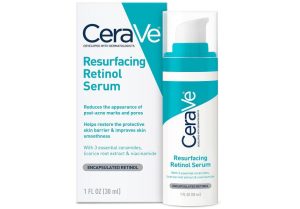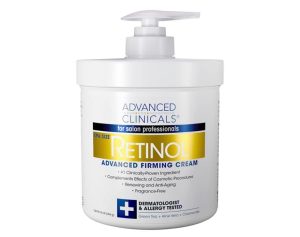Taking care of your skin is a part and parcel of our daily life for maintaining a healthy and radiant appearance. While there are many steps involved in a comprehensive skin care routine, there is one step that stands out as the most important: cleansing.
While skin-care routines differ by age, lifestyle, and diet, there is one thing that every skincare expert agrees on: cleansing. Cleansing helps remove dirt, oil, and dead skin cells. It also preps the skin with a face moisturizer and sunscreen.

Besides Cleansing, there are three more steps that stand out as the most important: Toning, Serums and Moisturizer.
Cleansing: The most important step in skin care
Whether it’s a quick scrub in the shower or just a wipe, cleansing is one of the most important steps in your skincare routine. It removes all the impurities from your skin’s surface, preventing dehydration and helping to combat premature aging.
Ideally, we cleanse twice a day — once in the morning and once at night. This removes all the pollution particles and makeup we accumulate during the day.
Cleansing also removes the natural build-up of dead skin cells that can cause breakouts, blackheads, and textured skin. This is why it’s so important to use a gentle cleanser that will help your skin shed its excess dead cells naturally and effectively.
Double cleansing isn’t for everyone, but if you have oily skin or wear makeup daily, it can be helpful to double-cleanse your face. This helps remove the first layer of sebum, makeup, skincare, sunscreen, and deeper layers of pore bacteria that can aggravate acne.
Other important steps in skin care
The other most important steps of skin care that include tonging and using serum. The next important steps include moisturizing in a skincare routine.
Toning
Toning is often overlooked as an important step in skin care, but it has many benefits for your skin. Cleansing can be followed by toning that is an optional process though. It balances the pH level of your skin, helps your other skincare products work better, and it exfoliates your skin.
They also help control sebum production to prevent a shiny appearance, which is essential for healthy skin. Plus, they act as a primer for your serums and moisturizers.
In the past, toners were mostly alcohol-based, but today’s formulas are much gentler and more adaptable to your skin’s needs. They’re made with various brightening, anti-aging, and hydrating ingredients to restore and prep your skin for maximum product absorption.
However, toners aren’t for everyone. “On the whole, toners can strip your skin of moisture and lead to skin barrier compromise, so we generally don’t recommend them for most people,” says Dr. Matt Elias, DO, FAAD, a South Florida-based board-certified dermatologist.
Serums
After you’ve cleansed and toned your skin, it’s time to add some serums to the mix. These lightweight treatments are designed to penetrate deep into the skin and deliver active ingredients to address a range of skincare concerns like aging, dehydration, and dullness.
Buying Guide: If your skin is oily, look for a serum with a blend of ingredients that help balance your oils and prevent excess shine. Try a product that contains hyaluronic acid, retinol, or vitamin C.
Serums can also reduce inflammation and unclog pores by using retinol, salicylic acid, or zinc. They also can brighten and lighten discolored areas with peptides or niacinamide, increasing the skin’s ceramide levels.
Some of-the-moment serums contain stem cells that are thought to rejuvenate the appearance of the skin. Though it’s not yet proven, these products are worth a look if you’re looking for a new wrinkle-fighting treatment.
Dermatologist recommended:
CeraVe Retinol Serum for Oily, Sensitive & Dry skin

Moisturizer
Moisturizers are a crucial step in skin care, and one that should be taken when time or laziness are factors. Not only does a good moisturizer hydrate your skin, but it also helps to protect your face from dryness and wrinkles.
The most common type of moisturizer is a lotion or cream, but ointments can be used too. The key is to choose a product that’s right for you.
Top Pick:
Advanced Best Clinicals Retinol Body Lotion Moisturizer

Some of the moisturizer ingredients are humectants, which attract moisture to the skin and keep it from drying out. They can also include emollients, which are fatty substances that lubricate the skin.
Another type of moisturizer is occlusive, which blocks the evaporation of water from the skin and forms a barrier to lock in moisture. This can come in the form of petrolatum or an oil-based substance such as lanolin or paraffin.
Buying Guide: If you’re looking for a good moisturizer, try to find one that is non-comedogenic. This means that it won’t clog your pores, and you can use it every day without worrying about acne breakouts.

